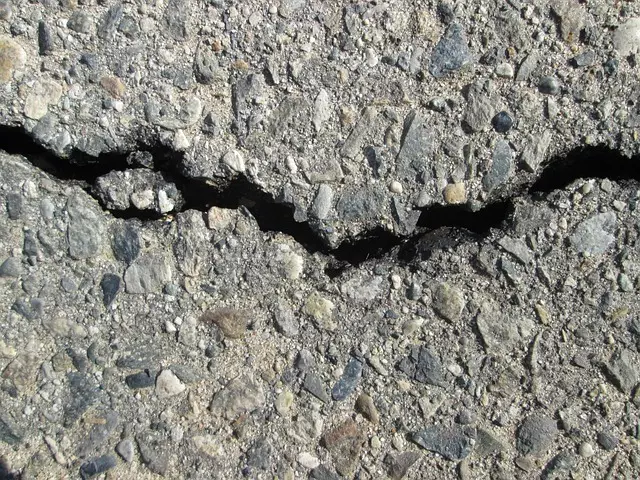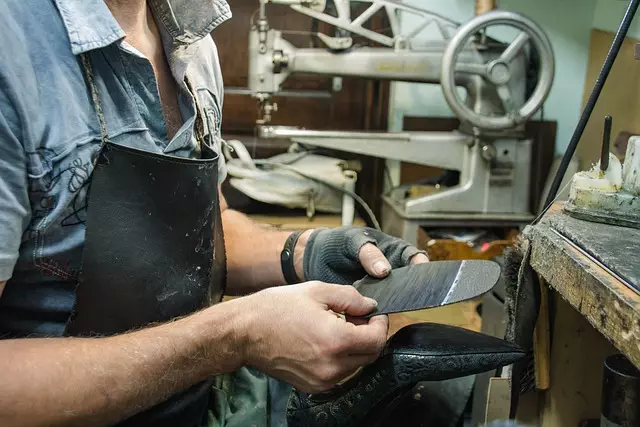Mastering Concrete Restoration: From Inspection to Long-Term Care
Concrete repair is essential for maintaining durable structures as it addresses common damages like…….

Concrete repair is essential for maintaining durable structures as it addresses common damages like cracking and spalling caused by stress, temperature extremes, corrosion, or chemical reactions. Professionals assess factors like age, environmental exposure, and previous repairs to employ targeted techniques such as stabilization, surface patching, or deep restoration. Effective concrete repair not only improves aesthetics but also protects significant investments and ensures structural integrity. Choosing the right materials and professional services is crucial for successful outcomes, followed by proper long-term care to preserve the restored concrete's condition.
Concrete structures, over time, face various challenges leading to damage. Understanding these common issues and their causes is paramount for effective concrete repair. This article delves into the intricate world of quality foundation restoration, offering a comprehensive guide from identifying problems to advanced repair techniques. We explore essential aspects like assessment methods, material selection, and the DIY vs professional debate. Additionally, learn long-term care strategies to ensure your restored concrete remains durable and strong, emphasizing practical tips for optimal concrete repair and maintenance.
Understanding Concrete Damage: Common Issues and Causes

Concrete, a durable building material, is susceptible to various forms of damage over time. Understanding common concrete issues and their causes is essential for effective restoration and prevention. Cracking, for instance, can result from structural stress, temperature fluctuations, or poor initial construction. Spalling, where concrete breaks away in layers, often occurs due to corrosion of steel reinforcing bars or chemical reactions with moisture and substances like chlorides.
Delving into these issues involves assessing factors such as age, exposure to elements, and previous repairs. Concrete repair techniques then become tailored to the specific damage. This may include structural stabilization methods, surface patching, or deep restoration processes, all aimed at restoring the concrete’s integrity and longevity.
The Importance of Quality Foundation Restoration

In many parts of the world, concrete structures form the backbone of our urban landscapes—from buildings to bridges and roads. However, over time, exposure to elements like water, extreme temperatures, and traffic wear can take a toll on this essential material. This is where Quality Foundation Restoration comes into play, acting as a crucial lifeline for maintaining the integrity and longevity of concrete structures. Skilled professionals employ advanced techniques and materials in Concrete Repair to address cracks, holes, and other signs of deterioration, preventing further damage and ensuring these structures remain robust and safe.
Restoring foundations isn’t merely about fixing the surface; it involves assessing the underlying causes of damage, addressing them proactively, and implementing long-lasting solutions. Effective concrete restoration not only enhances the aesthetic appeal of properties but also plays a vital role in structural stability, protecting investments, and ensuring the safety of occupants and nearby residents.
Assessing the Scope of Work: Methods for Inspection

When assessing the scope of work for concrete repair, a thorough inspection is paramount. Professionals employ various methods to comprehensively evaluate the damage, including visual examinations, where experts closely scrutinize the concrete for cracks, chips, and signs of erosion. This initial step provides a baseline understanding of the extent of restoration required.
Furthermore, advanced techniques such as moisture testing and structural analysis are utilized to identify underlying issues. Moisture meters gauge humidity levels, crucial for determining the need for specialized treatments to prevent future damage. Structural engineers may also employ non-destructive testing methods like ultrasound or ground penetration radar to assess concrete integrity without causing further harm.
Repair Techniques: From Basic to Advanced Concrete Fix

Concrete repair is an essential aspect of quality foundation restoration, offering a range of techniques for addressing structural damage. Basic concrete repairs involve surface-level fixes like patching and filling small cracks using mortar or epoxy compounds. These methods are suitable for minor imperfections and provide a temporary solution.
For more extensive damage, advanced repair techniques come into play. This includes structural stabilization through steel reinforcement, where mesh or bars are embedded in the concrete to strengthen it. Another advanced approach is underpining, which involves installing support structures beneath the concrete to prevent further settling or shifting. These techniques cater to more severe cases, ensuring long-lasting stability and structural integrity for the foundation.
Choosing the Right Materials: Ensuring Durability and Strength

Choosing the right materials is paramount in concrete repair projects, as it directly impacts the durability and strength of the restored structure. High-quality, durable compounds like advanced epoxy resins and fiber-reinforced composites are ideal for repairing cracks, holes, and structural damage. These materials offer superior bond strength, resistance to corrosion, and exceptional tensile strength, ensuring the repaired area can withstand the stresses of everyday use.
When selecting concrete repair products, consider factors such as environmental conditions, traffic load, and aesthetic requirements. Using materials specifically designed for exterior applications in harsh climates ensures longevity. Additionally, choosing color and texture that match the existing concrete blend enhances the visual appeal, making the restoration almost indistinguishable from the original structure.
Professional vs DIY: When to Seek Expert Help

When it comes to concrete repair, deciding between professional services and DIY methods is a crucial step in ensuring your restoration project’s success. While do-it-yourself (DIY) concrete repair can be appealing due to cost-effectiveness and perceived simplicity, there are several considerations that make enlisting expert help preferable for many homeowners.
Professional concrete restoration specialists possess the expertise and experience to handle even the most complex repairs, from structural cracks to large-scale damage. Their knowledge of various techniques, materials, and industry standards ensures a durable and aesthetically pleasing finish. Moreover, professionals have access to specialized tools and equipment that facilitate efficient work, leaving less room for error or additional damage. By seeking expert assistance, you benefit from their precision, ensuring the longevity and safety of your concrete structures.
Maintaining Your Restored Concrete: Long-term Care Tips

After your concrete restoration, proper long-term care is essential to maintain its beauty and structural integrity. Regular cleaning and sealing are key; remove any dirt or debris promptly using a soft brush or vacuum to prevent damage. Apply a high-quality sealer annually to protect against moisture penetration, which can lead to cracking and erosion over time.
Monitor for signs of wear and tear, such as chips, cracks, or stains, and address them promptly with concrete repair techniques. Fill small cracks with a suitable epoxy or mortar, and for larger areas, consider resurface treatments. Regular inspection will help catch potential issues early, ensuring your restored concrete remains in top condition for years to come.







